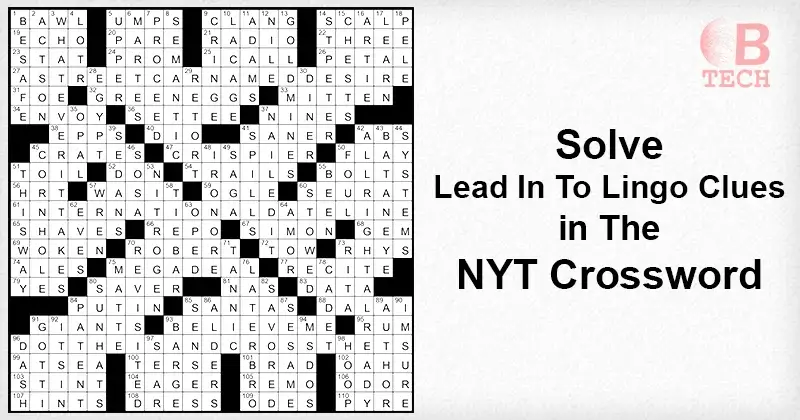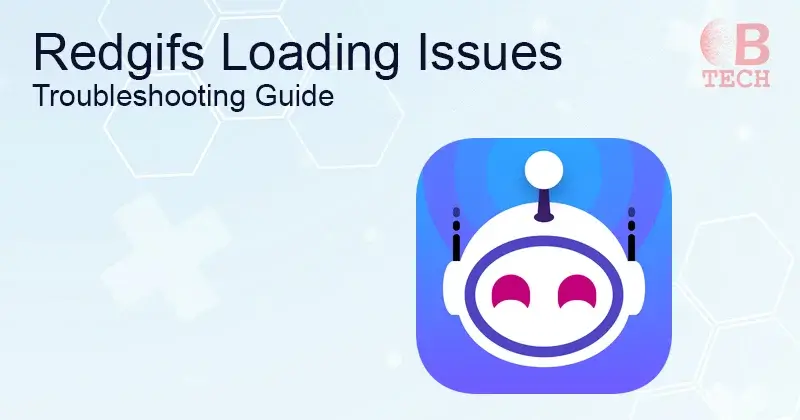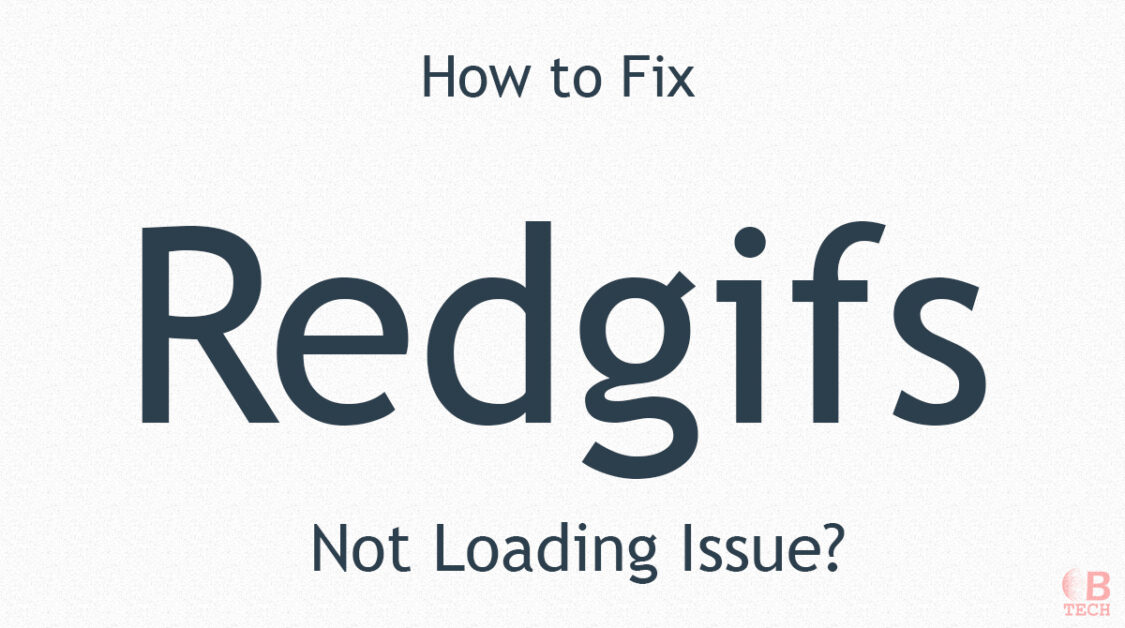Ever find yourself scratching your head over those tricky clues in The New York Times Crossword that start with “What’s the lead in to lingo?” Don’t worry! This guide is here to help you out. You don’t need to be a wordsmith or a crossword pro – we’ve got you covered with some simple tips and tricks. In this article, we’ll uncover the secrets behind decoding these wordplay riddles, giving you a clear path to crossword success.
Decoding “Lead In To Lingo” in The New York Times Crossword
Understanding the Clue
In the realm of The New York Times crossword puzzle, the phrase “lead in to lingo” typically hints at a specific type of language or jargon used in a particular field or community.
Cracking the Puzzle
This clue essentially suggests that the answer will be a word or phrase associated with a specialized vocabulary or a unique way of speaking. It’s a clever tactic used to engage crossword enthusiasts in wordplay and to test their knowledge across various domains, ranging from technical terminology to colloquial expressions.
Enhancing the Crossword Experience
As solvers tackle the puzzle, they unravel words that fit the theme of “lead in to lingo,” adding an extra layer of enjoyment to the crossword-solving experience. It’s a challenge that encourages players to think creatively and to explore the diverse nuances of language and communication.
Deciphering the “Understanding the Clue”
Engaging Wordplay
When tackling the lingo NYT crossword clue, it’s all about deciphering a clever play on words. This clue prompts solvers to consider phrases or words that precede common lingo or jargon.
Influence of Answer Length and Puzzle Theme
The solution is influenced by both the length of the answer and the overarching theme of the puzzle, adding an enjoyable twist to the challenge. These clues encourage solvers to think creatively, pushing them to see language from a fresh perspective.
Charm in Linguistic Nuances
The charm of these clues lies in deciphering the subtle linguistic nuances, turning the crossword into a playful mental exercise. Each clue unveils a piece of the linguistic puzzle, and the delight comes from piecing them together to reveal the intricate tapestry of language.
Answer to “Lead-in to Lingo” Crossword Clue
Solving the Puzzle
In a crossword puzzle resembling a mental challenge, one particular clue sought a brief term synonymous with “lead in to lingo,” and the response was “DUO.” This intriguing revelation occurred on August 27, 2023, within the New York Times Mini Crossword.
Enjoyable Revelation
People reveled in the process of deducing the answer, experiencing a sense of intellectuality. Crosswords serve as an enjoyable language-based game, where individuals connect clues to appropriate words. They offer simplicity in understanding and are particularly cherished by enthusiasts of language and wordplay. The word “DUO” proved to be the pivotal element in unraveling this engaging puzzle.
Spotting the Clues: A Guide to NYT Crossword Prefixes and Introductory Phrases
Watch Out for Prefixes
Keep your eyes peeled for common prefixes such as “neo-,” “proto-,” and “ortho-.” These often signal a new or pioneering form of language within a particular area.
Decoding Introductory Phrases
Words like “beginner’s,” “starter,” or “novice” clue you in that the answer relates to terms familiar to newcomers of a subject area.
Understanding Basic Terms
Simple terms such as “basic,” “fundamental,” or “essential” point towards the foundational vocabulary of a specific field.
Identifying Entry Level Terms
Be on the lookout for clues that use terms like “entry level” or “initial.” These indicate that the answer is a term typically met at the onset of exploring a new topic.
Cracking the Code: How to Solve “Lead In To Lingo” Crossword Puzzles
Spot the Lead-in Word
Start by pinpointing the lead-in word in the clue. Is it a prefix, a phrase, or a simple term? This first step will steer you toward the specific area of knowledge you need to tap into.
Unpack the Context
Next, dive into the context where the lead-in word applies. Does it point to a particular industry, hobby, or study field? Grasping the context helps you filter the possibilities, making the puzzle easier to tackle.
Focus on Beginner Terms
When the lead-in word hints at a novice level, zero in on basic terms that are key to that knowledge area. This tactic usually uncovers straightforward and commonly known vocabulary.
Leverage Crossword Resources
Don’t hesitate to use crossword dictionaries and other reference tools. Searching the lead-in word along with “lingo” in crossword-specific resources can lead you to possible answers. These tools gather frequent crossword solutions and their clues, offering a treasure trove of hints.
Lead in to Lingo FAQs
1. What does “lead in to lingo” mean in a crossword clue?
It signals a word or phrase that precedes specific jargon or specialized language.
2. How can I solve “lead in to lingo” clues?
Identify the lead-in word, consider its context, focus on basic terms, and consult crossword resources.
3. Where can I find crossword dictionaries?
Online searches, library reference sections, and apps designed for crossword enthusiasts are good places to start.
4. Can beginners solve these types of crossword puzzles?
Yes, with practice and use of resources, beginners can enjoy and solve these puzzles.
5. Do “lead in to lingo” clues appear in every NYT crossword puzzle?
No, they appear sporadically, adding variety and challenge to different puzzles.
Conclusion: Mastering the Art of “Lead In To Lingo” Clues
Crossword puzzles, especially those in The New York Times, are not just a test of vocabulary but a delightful journey through the nuances of language and culture. “Lead in to lingo” clues stand out as a unique challenge that beckons solvers to delve into the rich tapestry of specialized languages and jargons across various fields. These clues serve as a bridge, connecting everyday language with the specialized terminologies that define different disciplines, hobbies, and communities.
Mastering these clues is not merely about memorizing vast lists of terms or becoming an overnight expert in multiple fields. Rather, it’s about honing your curiosity, sharpening your analytical skills, and embracing the joy of learning. Every puzzle solved and every term uncovered is a step towards becoming more linguistically adept and culturally aware.
Moreover, the strategies outlined in this guide are not just tools for solving crossword puzzles; they are skills that enhance mindful reading and active learning in everyday life. Recognizing patterns, understanding context, and making connections between seemingly disparate pieces of information are skills that enrich our understanding of the world.
Tackling “lead in to lingo” clues is more than just a mental exercise; it’s an invitation to explore the diversity of human knowledge and expression. As you continue to engage with these puzzles, let your curiosity be your guide, and remember that each solved clue is a testament to your perseverance and a celebration of the complexity and beauty of language. So, take a deep breath, pick up your pencil (or keyboard), and step into the rewarding world of crossword puzzles, where every clue solved is a victory in the grand adventure of learning.



